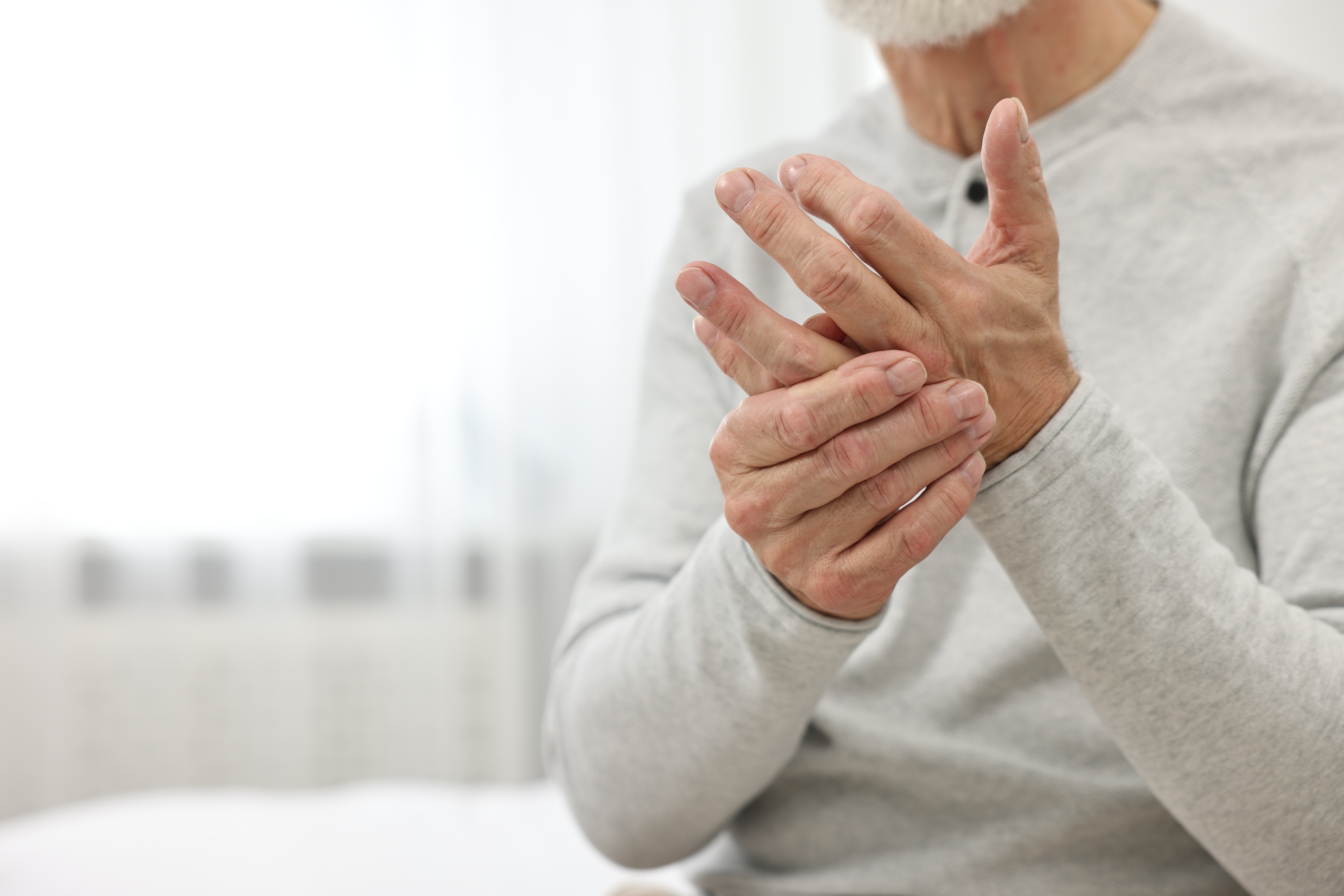Do you notice your joint pain worsening on rainy days or when it gets cold? Many people say weather changes affect joint pain, but is there scientific evidence?
This article explores studies on this topic and discusses why weather might impact joint pain. We’ll also look at which types of joint pain are most affected and offer tips on managing weather-related pain.
What Is the Connection Between Weather and Joint Pain?
The connection between weather and joint pain has long been a topic of interest, with many patients and rheumatologists noting that weather changes can significantly impact the severity of arthritis and other musculoskeletal conditions.
Research has shown that shifts in atmospheric pressure, temperature, and humidity may contribute to increased joint pain and discomfort, creating a complex relationship between climate and chronic pain symptoms.
Is There Scientific Evidence to Support the Connection?
Scientific evidence linking weather and joint pain is growing, with studies by researchers like Professor Manuela Ferreira from the University of Sydney and Dutch researchers providing valuable insights.
Notable research, including a study by Dutch researchers, published in ‘Seminars in Arthritis and Rheumatism,’ focused on the relationship between barometric pressure changes and osteoarthritis symptoms.
They tracked patients over several months, finding a potential link between drops in barometric pressure and increased joint pain. These studies highlight the importance of understanding how weather changes can impact chronic musculoskeletal conditions.
What Are the Possible Explanations for the Connection?
Several factors may explain the connection between weather and joint pain. Changes in atmospheric pressure, particularly drops in barometric pressure, can cause joint tissues to expand, leading to swelling and increased pain.
Cold weather often exacerbates joint stiffness and discomfort, especially in arthritis patients, as the cold causes muscles and tendons to constrict. High humidity can also increase joint pain by causing swelling and affecting the synovial fluid’s ability to lubricate joints.
Fluctuations in barometric pressure may impact nerve sensitivity and inflammatory processes in the joints. Additionally, vitamin D deficiency, influenced by reduced sunlight during colder months, can weaken bones and worsen joint pain.
What Types of Joint Pain Are Affected by Weather?
Osteoarthritis: Osteoarthritis, especially in the knees and hips, is often affected by weather changes, leading to more pain and discomfort. Cold weather stiffens joints and increases pain, while high humidity makes individuals more sensitive to atmospheric changes.
Fluctuations in weather can cause swelling, stiffness, and reduced mobility, with many reporting more pain when a storm approaches.
Rheumatoid Arthritis: Rheumatoid arthritis, a condition of chronic inflammation, can worsen with weather changes, increasing joint pain and discomfort. Cold and damp weather often heightens pain and stiffness, as changes in atmospheric pressure affect joint fluid. Conversely, warmer, drier climates can bring relief, relaxing muscles and easing pain.
Fibromyalgia: Fibromyalgia, marked by widespread chronic pain, often sees symptom changes with weather variations. Many patients experience more pain, stiffness, and fatigue during extreme temperatures or barometric pressure changes.
Weather shifts can disrupt sleep, increase stress, and heighten pain sensitivity, worsening fibromyalgia symptoms.
What Can Be Done to Manage Joint Pain Related to Weather?
Managing joint pain related to weather involves preventive strategies and treatments guided by a rheumatologist. Dressing appropriately for cold weather with warm clothing can prevent stiffness and inflammation, while breathable fabrics help during hot days.
Staying active is crucial, as regular exercise strengthens muscles, reduces strain on joints, and prevents weight gain. Using heat or cold therapy can alleviate pain and reduce inflammation; heat increases blood flow and relaxes muscles, while cold numbs pain and decreases swelling.
Taking supplements like vitamin D supports joint health by reducing inflammation and improving bone density. Consulting with a doctor is essential for personalized treatment plans that may include medications, physical therapy, and lifestyle changes.




